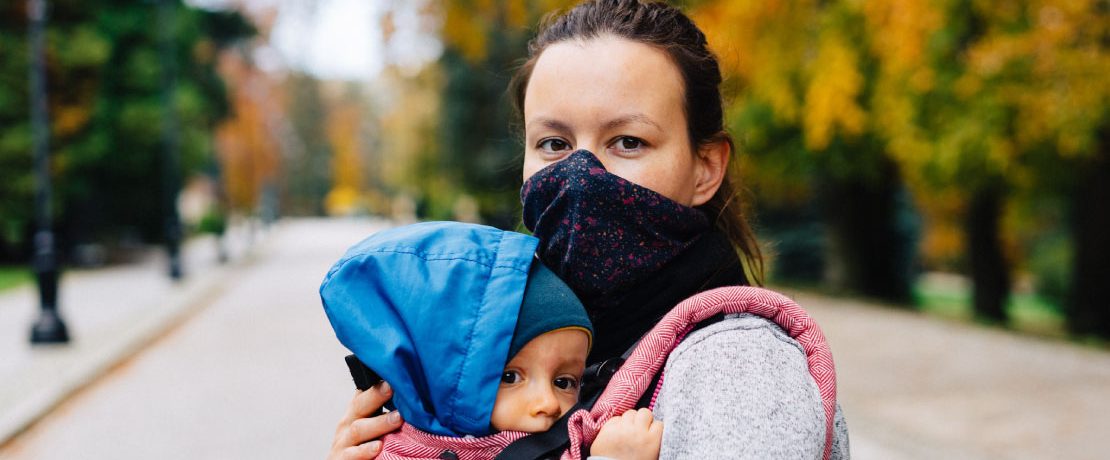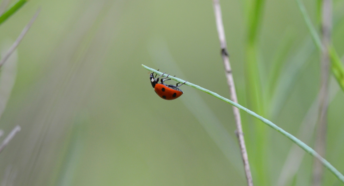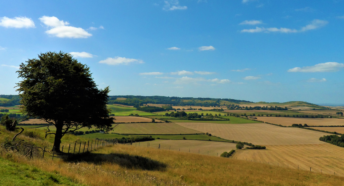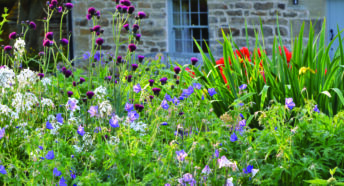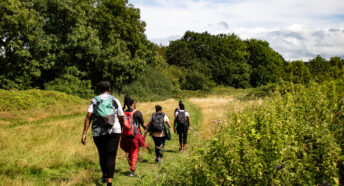Six ways to feel close to the countryside in a winter lockdown
The coronavirus pandemic has changed the shape of our winter, with lockdowns, altered plans and a lot more time in our homes. We share ways to feel connected to the natural world outside.
Even without the impact of a lockdown, the darker, colder days of deep winter keep us all inside much more this time of year. Huddled on sofas, hands wrapped around warm cups of tea, nature and the vast landscapes of our countryside can feel very far away.
But the wintry weather and less time outside don’t need to leave us feeling marooned, cut off from the fresh air and regenerative powers of the outdoors. We’ve come up with six ways that you can still feel close to the natural world and your little patches of green space – even in a winter lockdown.
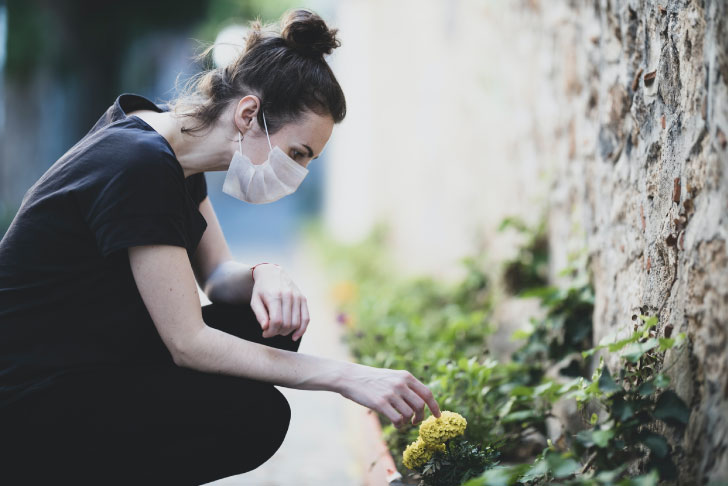
1. Stand and stare
You might have heard those little lilting lines from the Welsh poet WH Davies: ‘What is this life if, full of care, We have no time to stand and stare.’
He makes a good point. In our busy lives, we’re out of practice at simply being in nature.
Now’s the time to flex our mindfulness muscles and simply be. Choose a point of interest – even something that at first you might have walked on past; a patch of mud or the bark of a tree. Perhaps start further away from it and step forward gradually, noticing more and more detail as you approach.
Let your eyes roam over the textures and the colours. That tree trunk that you might have dismissed as simply ‘brown’ before might reveal itself to be dappled with an array of greys, greens and black. That patch of mud might be glittering with tiny frost crystals.
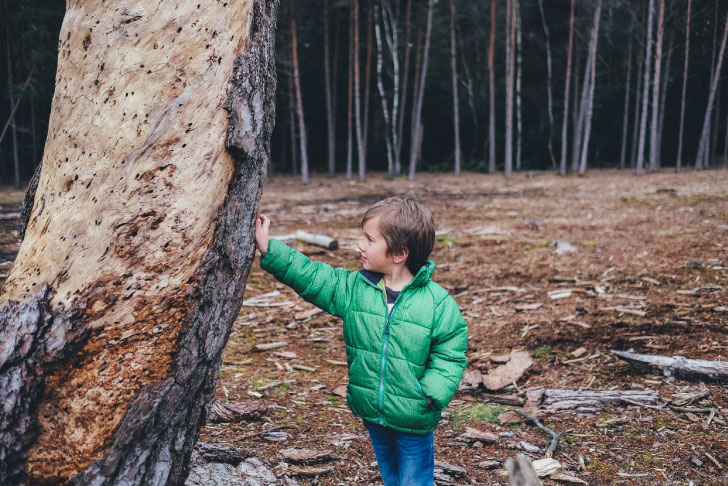
Enjoy noticing the extra details and with that, how amazing our local nature is.
2. Mapping memories
There’s something about sharing your favourite walk with someone that feels extra special – the same warm glow as getting a gift that shows someone really understands you. While we can’t easily walk together in lockdown, that doesn’t mean you can’t share your favourite strolls with someone special.
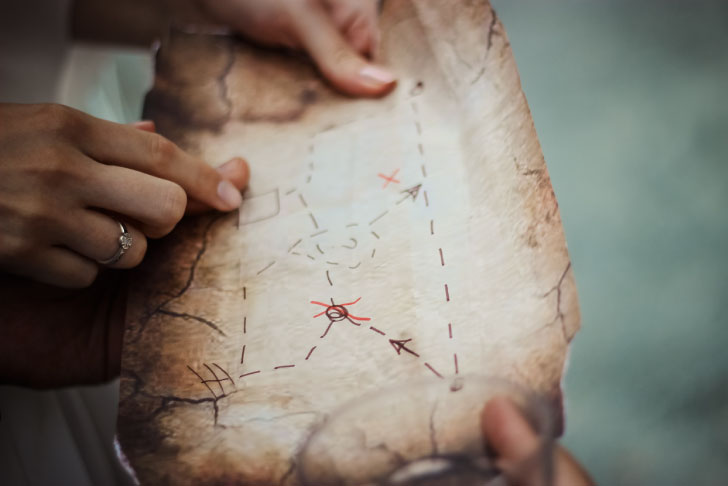
Create a map or a set of directions to guide someone on your very favourite walk, from a longer leg stretch to your ten-minute potter around the block at lunchtime.
Our special walks aren’t always grand hikes, but about the familiar corners of the landscape that we get to know inside out. Make sure you outline these little milestones in your directions for your friend – that chipped postbox that marks the halfway point, the bush with the unusual leaves or the tree with the oddly gnarled trunk.
You can even suggest a fitting poem to read beforehand or a song to listen to as they take their daily exercise. And for an extra-special touch, write or draw your directions by hand and send them as a letter. What better post could anyone wish for?
3. Chart the changes
Speaking of favourite walks, why not try and track the way your local area changes day by day or week by week?
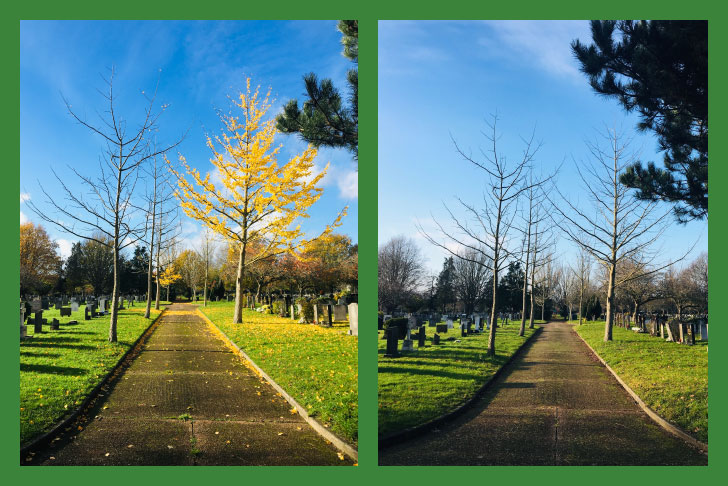
Take your usual local stroll to make sure you get some fresh air and exercise but this time, choose one or two key points along your route. When you get to your chosen points, briefly stop and snap a photo of what you can see.
Make a mental note of where you’ve stood (‘just beside the picnic bench, on the path, before that big tree’ is a handy level of detail) and then carry on your way.
The next time you walk, do the same thing in the same place – and the next time, and the next. Compare the photos from the same spots side by side and marvel at how amazingly different the same place can look in different weathers and times of the day.
You can also do this by taking the same snap from your window each day. It’s pretty spectacular to see the changes in that little local place you know so well!
4. Own it
The pandemic has reminded us just how much we value those trusty local green places – they keep us well and happy and lots of us reported that we’d like to see more done for them in the future. We can be a part of this change, too, and connect to our local areas in new ways that enrich us and them.
One of the best ways to grow our relationship with our green spaces is to develop a sense of pride and ownership in them, and keeping them healthy and looking their best is a great way to do this. So next time you’re about to head out and about for exercise, pop some plastic bags (and spare rubber gloves, if you have them) into your coat pocket.
As you stroll (or indeed run, if you want to do the speedier, Sweden-inspired version known as ‘plogging’), keep your eyes peeled for litter. If you find any, use gloves to pick it up and pop it in your bag, separating out recyclables as you go.
We don’t recommend collecting PPE litter, as that’s a bit more complicated, but keep your eyes peeled for plastic bottles and cans – some of the main litter offenders and perfect for recycling. We’re sure that for every line of hedgerow or pathway you leave that bit tidier, you’ll feel an extra sense of connection to your local spaces.
5. Hush it up
As well as standing still to feast our eyes on the wealth of nature around us, even in our humble local spots, it’s a good idea to also try and tune in to the other senses – especially sound.
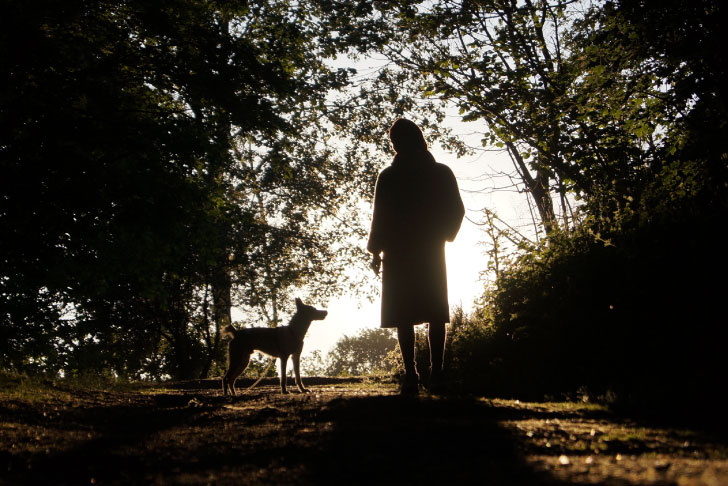
Again, try standing still and start to tune into the sounds around you. You’ll probably hear your breath (especially if you’re puffing from a jog or uphill climb!), as well as other sounds that we often tune out such as nearby roads or chatting. But stick with it and peel back the layers of sound, noticing more and more.
You might hear the wind rustling dead leaves (especially the last few oak leaves, clinging on through the winter months), or, if you’re near water, lapping sounds or marine bird calls. If you find a soundscape you’re really enjoying and have a phone with you, you can capture the sounds and listen back later when you need a moment of calm.
We know the sounds of our favourite places can be utterly absorbing and bring comfort. We made the sounds of tranquillity to bring these places to us indoors – enjoy.
6. Spring forward
Finally, keep an eye on the times of sunrise and sunset each day. Don’t worry – that doesn’t mean setting your alarm to get up with the sun every single day (unless you want to, of course – and for those with young families this point might be… non-negotiable…).
We’d just suggest checking what time the sun will show its face (admittedly often through clouds) and dip down each day. At the time of writing, the time of sunrise is 8.06am – but a week today, it’ll be 8.01am.
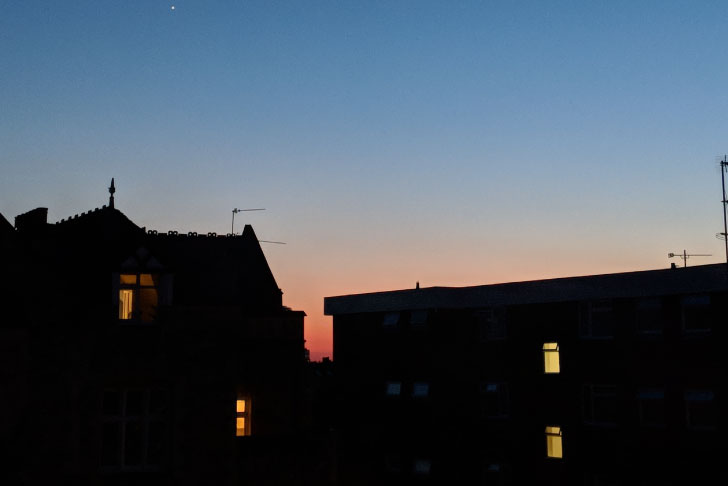
We can all imagine how important those extra five minutes of light feel at this time of year. There’s great power in noticing the minutes changing, subtly but steadily, as the days get longer.
Spring is coming. Let’s notice and enjoy the changes, and our precious green spaces, together.
